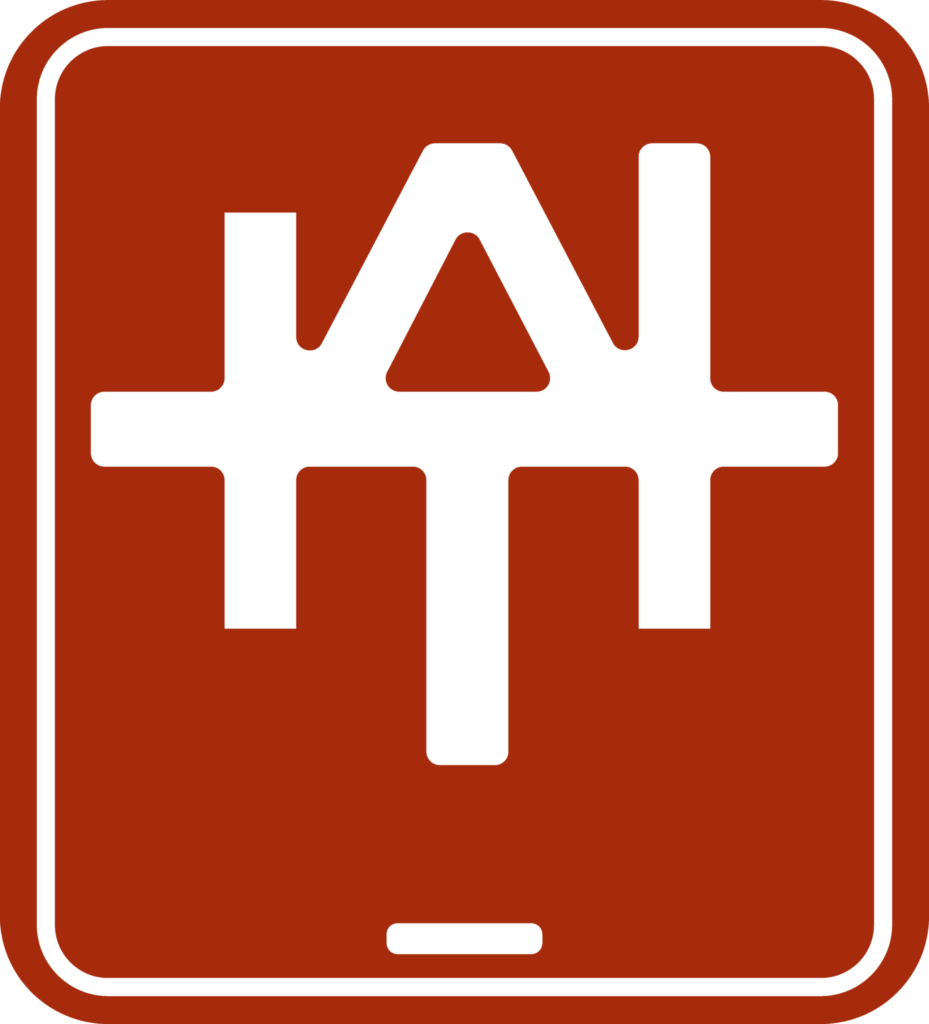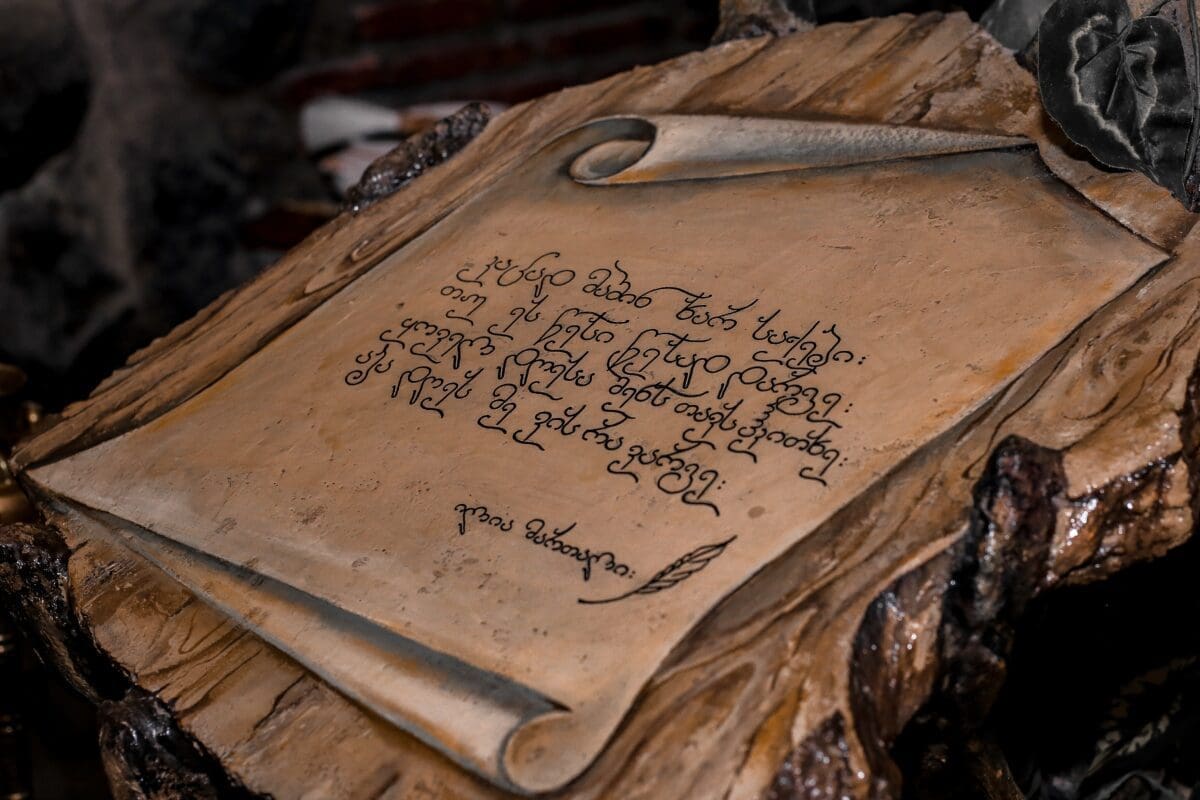For centuries, the only form of information sharing was verbal – conveying ideas and teaching skills with the use of spoken words alone. Communities around the world pass down folklore, cultural practices, and even religious teachings through the generations without having ever documented their practices.
It took a great number of years for ancient civilizations to finally adopt a written script that corresponded to their spoken language effectively. This was first introduced for economic reasons – used primarily in matters of law, finance, and trade. With time, however, people began developing manuscripts to document all kinds of information. Using leaves, rocks, or the bones of dead animals as their scroll, citizens would record their knowledge for others to read.
Today, let us take a look back at some of these oldest manuscripts and discover just how much information they preserve.
5. The Dispilio Tablet – Approximately 7,282 years old
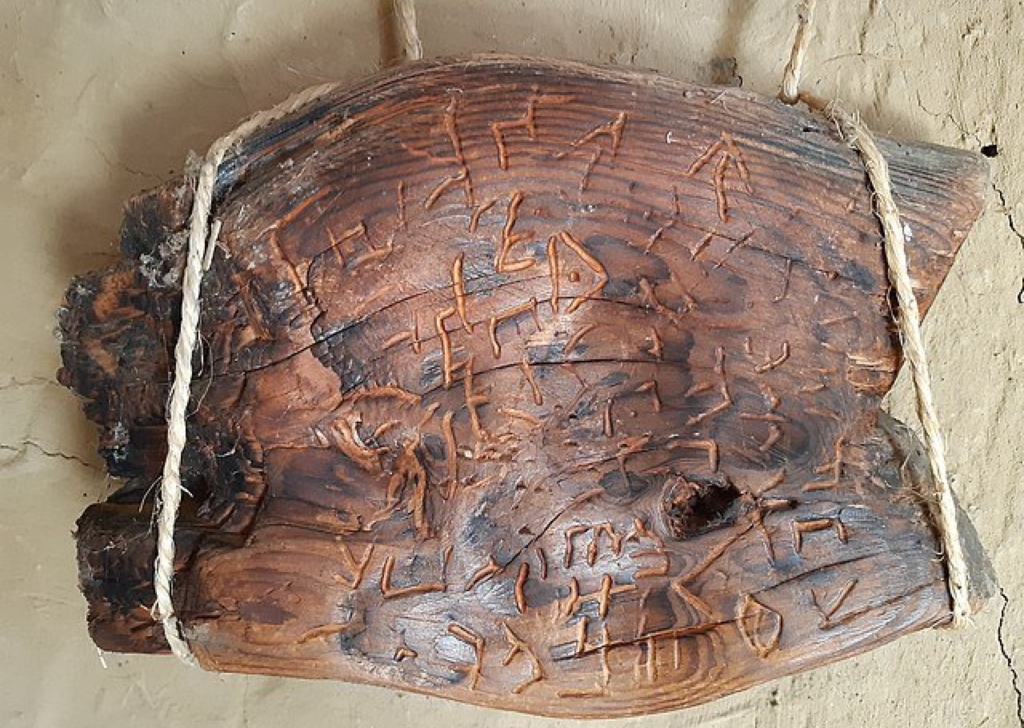
In 1993, professor of archaeology George Hourmouziadis was participating in an excavation of a Neolithic lake settlement near Kastoria, Greece. He unearthed several old artifacts during the excavation, the most interesting being a large wooden tablet.
This tablet was engraved with several symbols. These appear to be different from Sumerian writing, which was believed to be the earliest form of writing but did not exist until 3100 BC – nearly 2000 years after this tablet was written. This means that the symbols engraved on the Dispilio tablet may be the oldest form of writing known to man (so far).
No one knows what the symbols on this wooden tablet mean, though Hourmouziadis guessed it may be a record of inventory of ancient possessions.
4. Dead Sea Scrolls – Approximately 5,000 years old
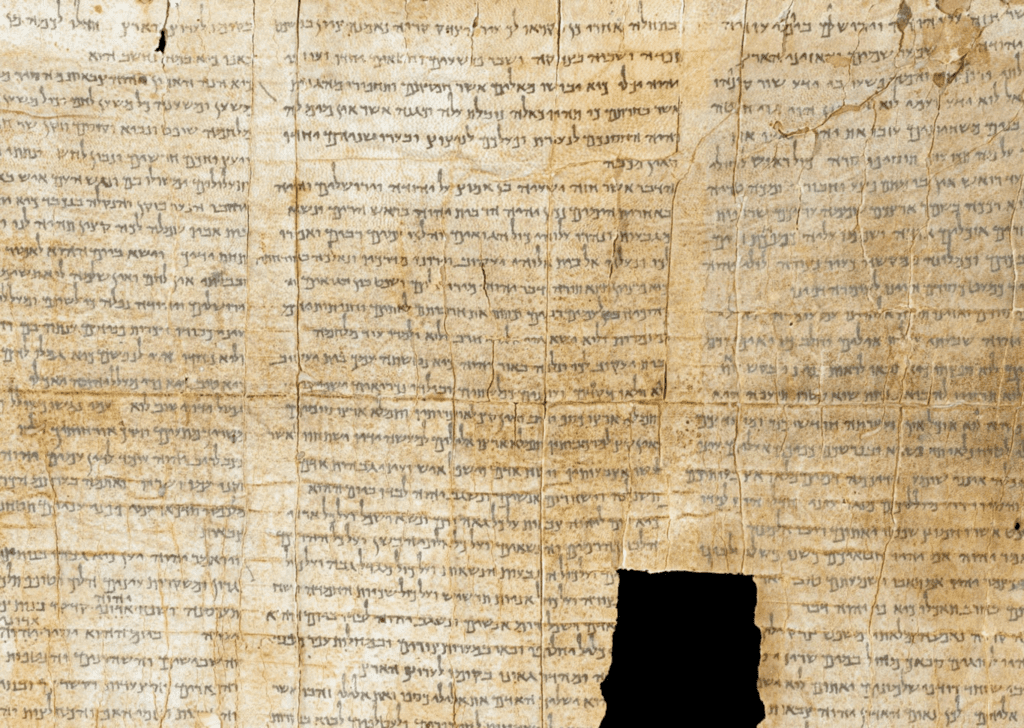
The Dead Sea Scrolls are a collection of nearly 15,000 scrolls unearthed from 11 different caves near the ancient settlement of Qumran. They were first discovered by accident by Bedouin teenagers in 1946 who tended to their sheep near the modern-day West Bank off the northern shore of the Dead Sea.
Most of the content of the Dead Sea Scrolls is written in Hebrew, though some scrolls are written in Aramaic, the language used by Jews living in the area during that period (including, most likely, Jesus himself). The text is also largely religious, with almost the entire Bible preserved in the script.
Some portions of the manuscript, however, refer to areas of the region where treasure may be hidden for safekeeping. Known as the Copper Scroll, it outlines 64 possible locations where riches may be found.
To date, no treasure has been found.
3. Instructions of Ptahotep – Approximately 4,397 years old
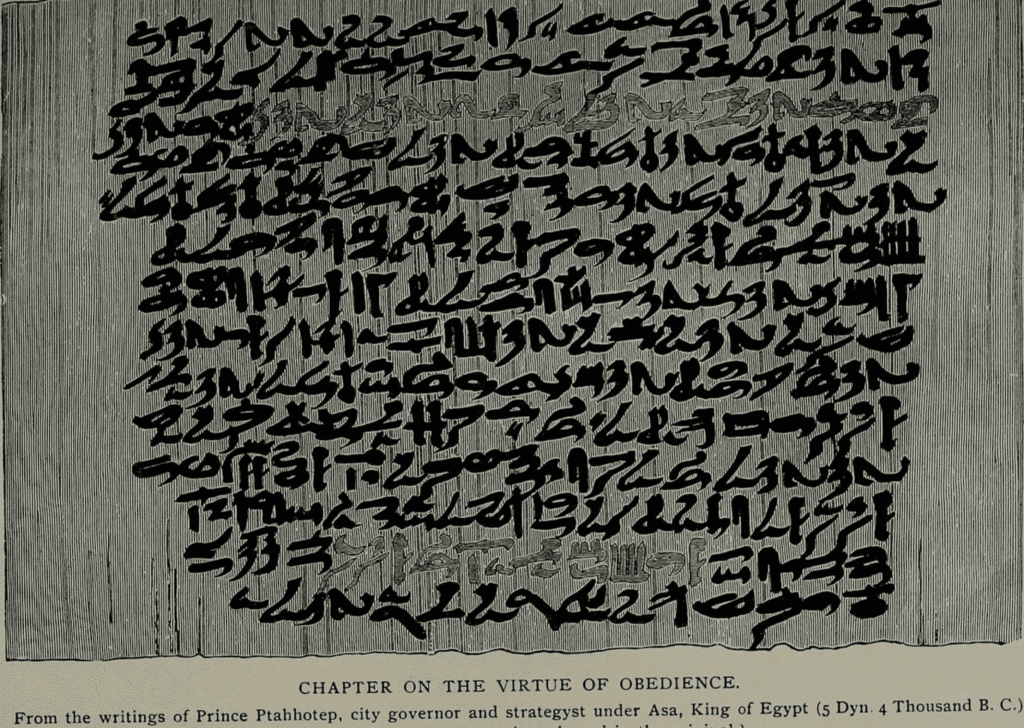
Often referred to as “the oldest book in the world”, The Instructions of Ptahotep is an ancient literary composition formulated by the Egyptian vizier Ptahotep in 2375 BC. It is 18 pages long and consists largely of proverbs designed to teach young men belonging to noble families about how best to fulfill their duties.
The Prisse Papyrus contains the only complete copy of these instructions, discovered inside the coffin of pharaoh Sekhemre-Wepmaat Intef of Egypt. It discusses matters like pursuing justice, admonishing greed, and obeying elders and superiors.
2. Kesh Temple Hymn – Approximately 4,622 years old
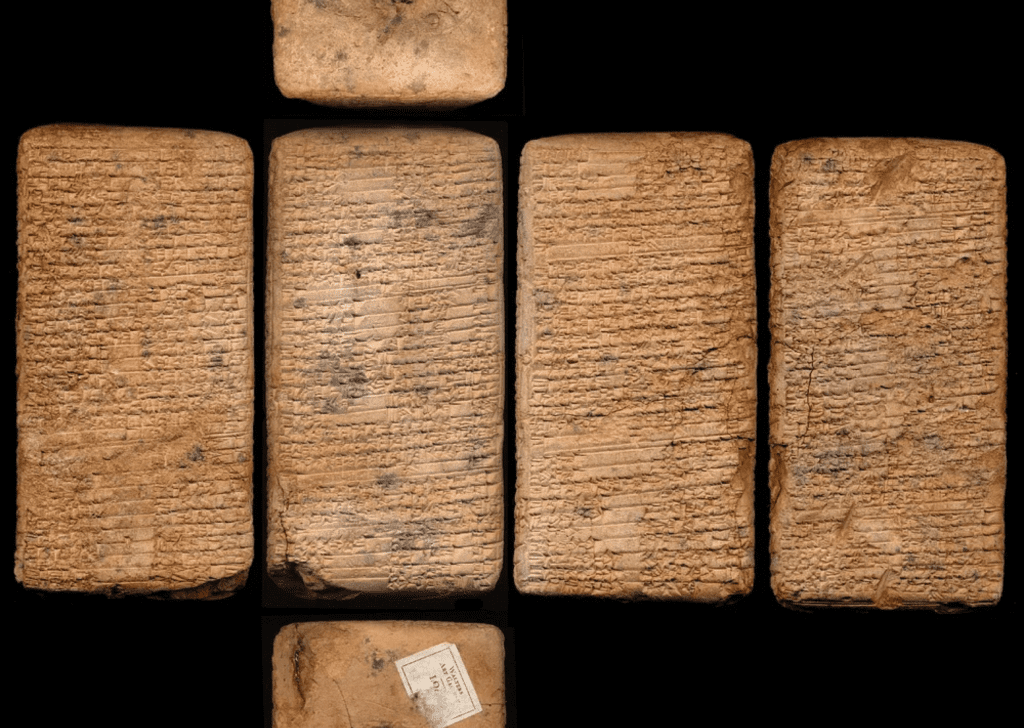
Discovered in the 1800s among the ruins of Nippur, which would be part of modern-day Iraq, the Kesh Temple Hymn is regarded as being the oldest manuscript of a surviving religious poem in the world. It is written in Ancient Sumerian and was first translated in 1909.
The Kesh Temple Hymn consists of 134 lines broken up into eight different songs, each one bestowing praise onto the city of Kesh, which housed a temple chosen as the assembly for gods. Several gods and goddesses are praised in the poem, including the goddess of vegetation Nisaba, the Ruler of Gods Enhil, as well as the goddess of the stony ground Ninhursag.
1. Pyramid Texts – Approximately 4,422 years old
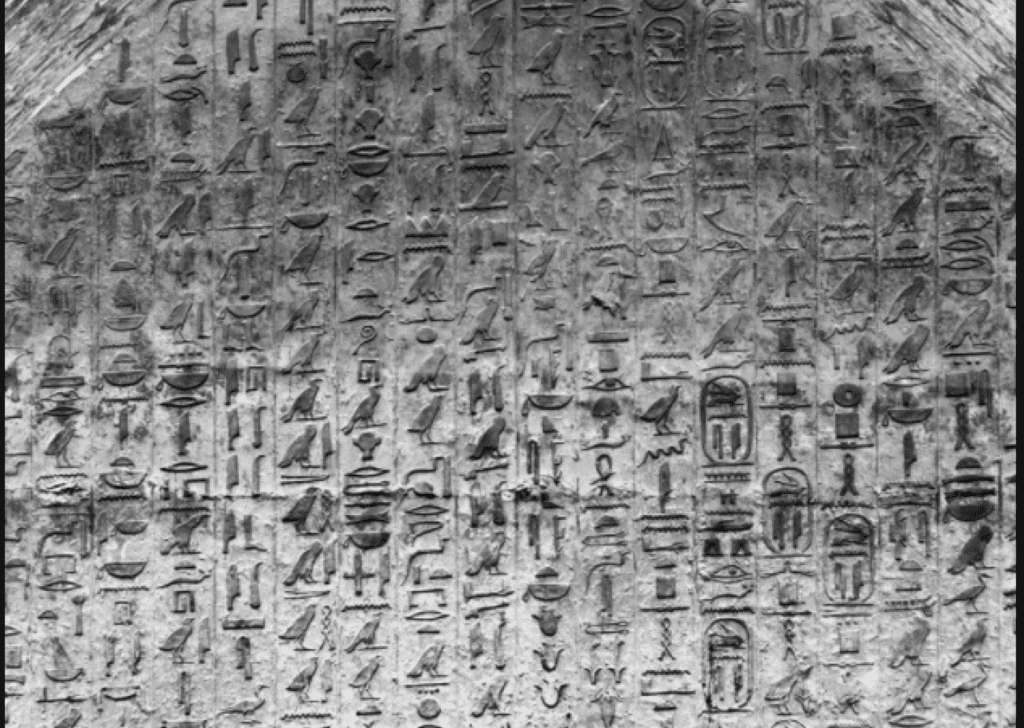
Perhaps the most interesting manuscript, the Pyramid Texts were discovered on the walls of the pyramids in Egypt as well as the coffins of pharaohs whose bodies had been preserved. Written in Old Egyptian, the text detailed an account of the religious beliefs of the Egyptians during the 5th and 6th dynasties of the Old Kingdom (2400-2600 BCE).
Several interesting rituals were outlined in these texts, including one in which holes were cut into the deceased mouth so he may breathe in the afterlife.
Conclusion
As you can see, old manuscripts are more than just aged pieces of paper. They are the windows to the wisdom of the ancient world. From rituals to religion to astrology, these texts discuss matters of great importance. Overall, they provide access to both the life of our ancestors as well as their guidance, preserved for generations to come.
